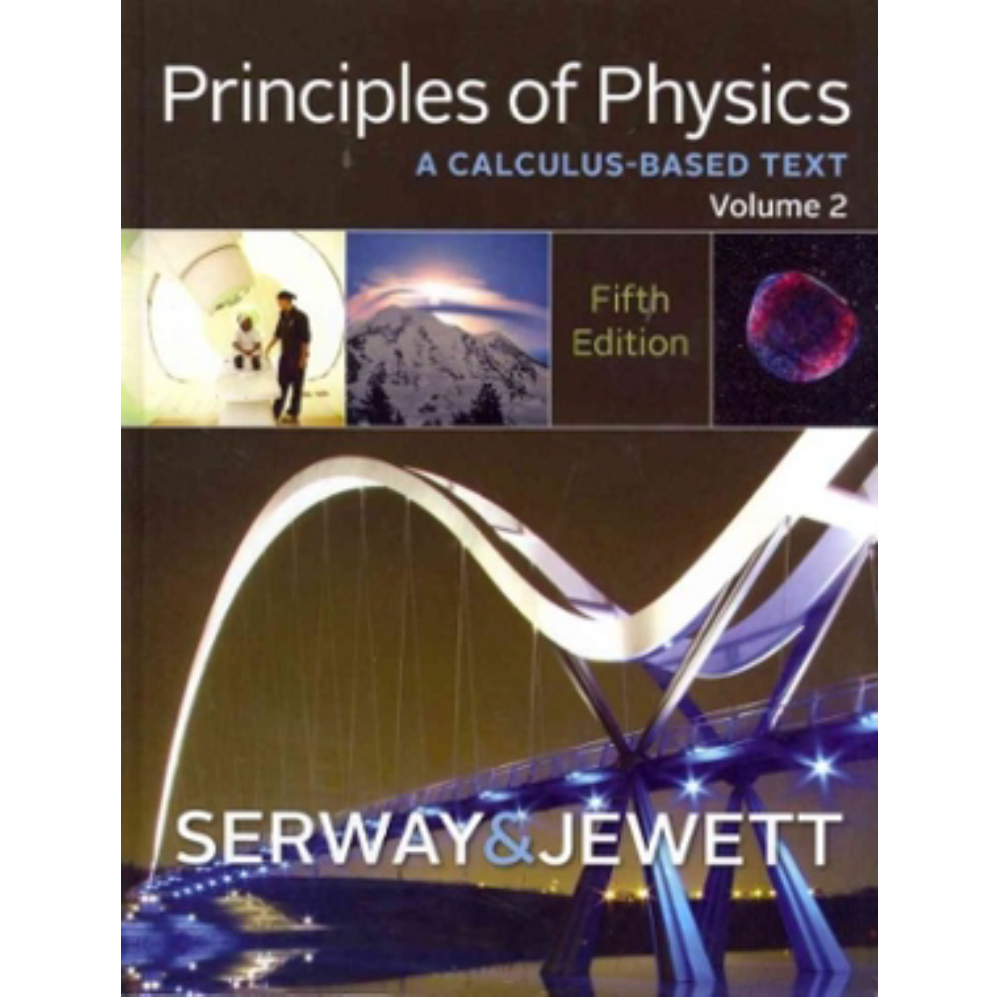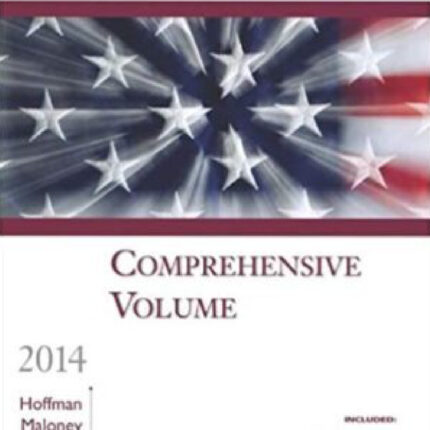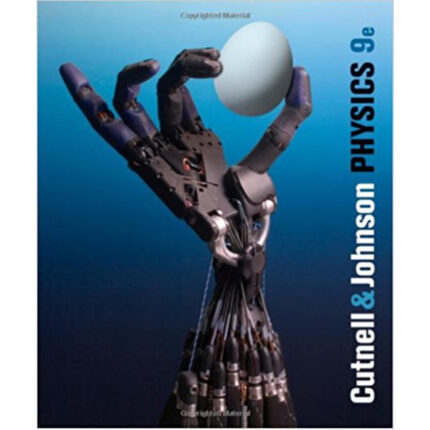Principles Of Physics A Calculus-Based Text, 5th Edition Volume 1 And 2 By Raymond A – Test Bank
6. Three galaxies, each of mass M = 4.0 1041 kg, lie in a plane at the corners of an equilateral triangle with sides of 5.0 1022 m length. The magnitude of the force the other two galaxies exert on each galaxy is
a. 4.3 1027 N.
b. 6.4 1027 N.
c. 7.4 1027 N.
d. 8.6 1027 N.
e. 4.3 1028 N.
ANS: C PTS: 2 DIF: Average
7. Knowing that at sea level and that RE = 6.37 106 m, we find that the value of g in at a distance RE from the surface of the Earth is
a. 1.23.
b. 2.45.
c. 4.90.
d. 7.35.
e. 9.80.
ANS: B PTS: 2 DIF: Average
8. When two solid spheres of the same material and same radius r are in contact, the magnitude of the gravitational force each exerts on the other is directly proportional to
a. r.
b. r2.
c. r3.
d. r4.
e. r6.
ANS: D PTS: 2 DIF: Average
9. Huyghens claimed that near the surface of the Earth the velocity downwards of an object released from rest, vy, was directly proportional to the square root of the distance it had fallen, . This is true if c is equal to
a. .
b. .
c. g.
d. .
e. 4g.
ANS: D PTS: 2 DIF: Average
10. A satellite circles planet Roton every 2.8 h in an orbit having a radius of 1.2 107 m. If the radius of Roton is 5.0 106 m, what is the magnitude of the free-fall acceleration on the surface of Roton?
a. 31 m/s2
b. 27 m/s2
c. 34 m/s2
d. 40 m/s2
e. 19 m/s2
ANS: B PTS: 2 DIF: Average
11. The period of a satellite circling planet Nutron is observed to be 84 s when it is in a circular orbit with a radius of 8.0 106 m. What is the mass of planet Nutron?
a. 6.2 1028 kg
b. 5.0 1028 kg
c. 5.5 1028 kg
d. 4.3 1028 kg
e. 3.7 1028 kg
ANS: D PTS: 2 DIF: Average
12. A 50-kg satellite circles planet Cruton every 5.6 h in an orbit with a radius of 12 106 m. What is the magnitude of the gravitational force on the satellite by planet Cruton?
a. 63 N
b. 58 N
c. 68 N
d. 73 N
e. 50 N
ANS: B PTS: 2 DIF: Average
13. A satellite is in a circular orbit about the Earth at an altitude at which air resistance is negligible. Which of the following statements is true?
a. There is only one force acting on the satellite.
b. There are two forces acting on the satellite, and their resultant is zero.
c. There are two forces acting on the satellite, and their resultant is not zero.
d. There are three forces acting on the satellite.
e. None of the preceding statements are correct.
ANS: A PTS: 1 DIF: Easy
14. What is the gravitational force on a 20-kg satellite circling the Earth (radius = 6.4 106 m, mass = 6.0 1024 kg) with a period of 5.0 h?
a. 88 N
b. 55 N
c. 36 N
d. 98 N
e. 18 N
ANS: C PTS: 3 DIF: Challenging
15. Two satellites are placed in geosynchronous orbits, orbits with a period of 24 hours, where each satellite hovers over a spot on the Earth’s equator. Satellite B has three times the mass of satellite A. What is the relationship between the magnitudes of the gravitational forces of the Earth on the two satellites?
a. FB = FA.
b. FB = FA.
c. FB = FA.
d. FB = 3FA.
e. FB = 9FA.
ANS: D PTS: 1 DIF: Easy
16. A satellite is placed in a geosynchronous orbit. In this equatorial orbit with a period of 24 hours, the satellite hovers over one point on the equator. Which statement is true for a satellite in such an orbit?
a. There is no gravitational force on the satellite.
b. There is no acceleration toward the center of the Earth.
c. The satellite is in a state of free fall toward the Earth.
d. There is a tangential force that helps the satellite keep up with the rotation of the Earth.
e. The force toward the center of the Earth is balanced by a force away from the center of the Earth.
ANS: C PTS: 1 DIF: Easy
17. Two identical planets orbit a star in concentric circular orbits in the star’s equatorial plane. Of the two, the planet that is farther from the star must have
a. the smaller period.
b. the greater period.
c. the smaller gravitational mass.
d. the larger gravitational mass.
e. the larger universal gravitational constant.
ANS: B PTS: 1 DIF: Easy













Reviews
There are no reviews yet.